Wednesday, November 24, 2010
Linear Programming Nov 22th
start memorising: greater then, less then, have a non filled in circle; greater to or equal to, less then or equal to, have a filled in circle.
IMPORTANT
- x or a divide sign by a negative in an inequality switch the inequality symbol direction
instruction for today
*TEST the origin!
( 0,0) owl:)
using your calculator
-start with storing Y and X in your calculator using the STO button right above the on button,
then ALPHA X, Y to store,
- you type your equation in y is greater to less then (1/2) X+2, enter
Assignment is pending doesn't know when it will be due, but just keep it safe for when he asks for it!
PS: it would be best advised to have graphing paper and a graphing calculator
-Carissa S
Tuesday, November 23, 2010
November 23
Thursday, November 18, 2010
November 16th
Wednesday, November 17, 2010
November 17th
Law Of Cosines: Cosine Law
When to Use it?
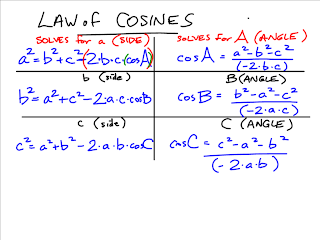
The above chart shows how to use cosin
e law to solv
e for
different things: (IE) the box on the top left side formula solves for a(side), the one below it for b(side) and the one below that for c(side). Across the table is the corresponding formulas for angles A, B, and C.

Scenario 1 (of 2) triangle shows that a (side) = 13, c (side) = 20) and B (angle) = 103(degrees) and are looking to find b (side).
Scenario 2 (of 2) shows finding the angle A
Similar triangles – they have the same shapes but different lengths(or distances)
Summary : Use the law of cosines if you have Two Sides and the Included Angle, OR All Three Sides.
"The inverse cosine of the cosine is the angle itself."
Monday, November 15, 2010
November 15th, 2010
1. The AM is set for us to do practices
2. Some people such as myself got to do there AM Wiki help thing to do. It needs to be done for tomorrow.
3. We got to google and make notes on two definitions( Confidence Iinterval and Margin of Error)
I thought it would be nice of me to post the definitions for you courtesy of Wikipedia.
Confidence interval
Margin of error
I would normally post my opinion on the definitions but I think I will save the good meaning full discussion for Mr.Max to tell.
Tuesday, November 9, 2010
November,9/2010
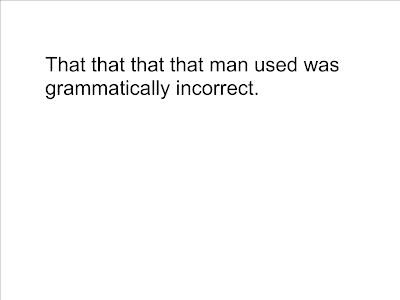
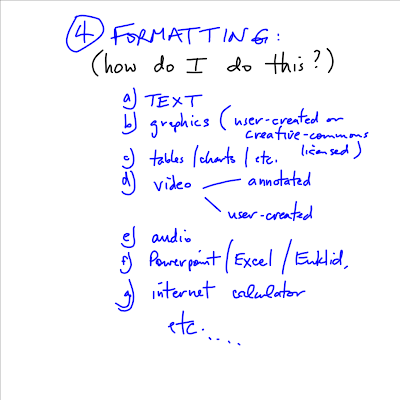
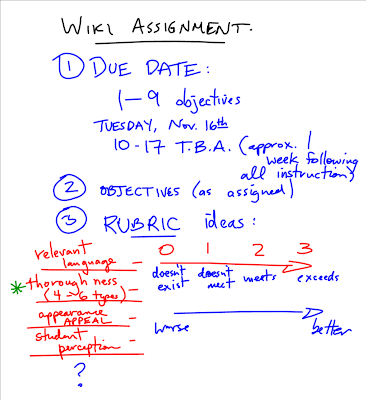
Monday, November 8, 2010
Wednesday, November 3, 2010
Stuff on group and ungrouped data
1. Stat/ Enter
2.in the L1 data set put in the number of days of exercise per week
3.in the L2 data set put in number of people
4.Stat /Calc/1: var stat/ Enter
5. 2nd 1 / , / 2nd 2
The pic below explains group and ungrouped data.
As for the pic or clip below Mr.Max showed that the total of the second column is the N.For all of you who don't know what N is, N is how many pieces of data there are.
zScores

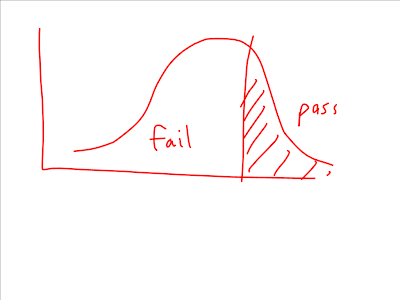
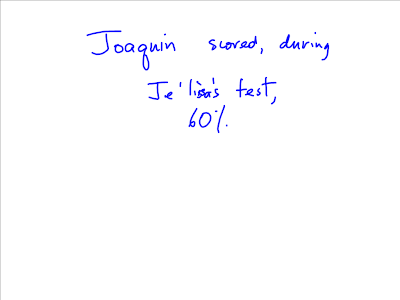
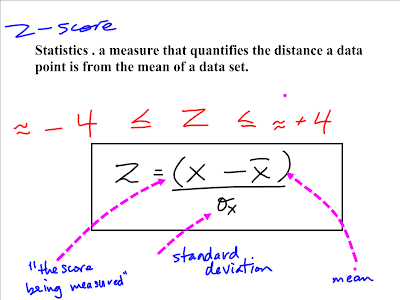
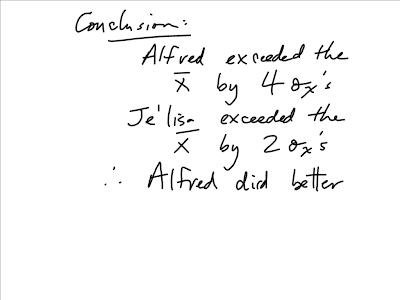
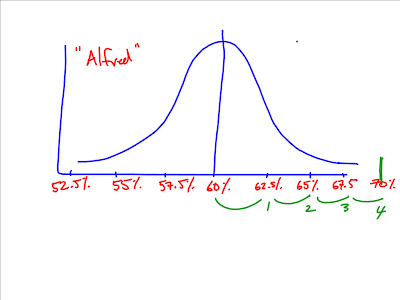
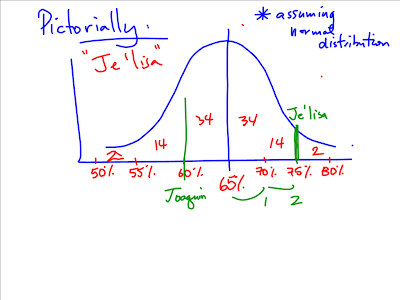
On Tuesday, we learned about zScores. It was a very short class, so we didn't have a lot of time to practice it.
A zScore is how many standard deviations away from the mean you are.
Chuck the Walleye, in the example above, had a zScore of 0.3.
Alfred, also in an example above, had a zScore of 4.
To find a zScore, there is a very easy formula:
It won't let me upload the recording at this time, so I will try to put it on at a later date.
-Austin
























